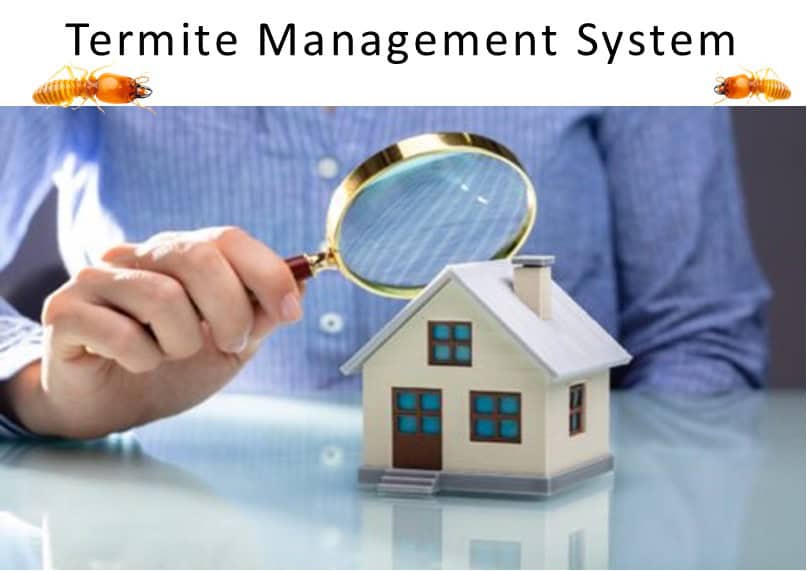Understanding the Termite Management System: Protect Your Property with Effective Strategies
Termites might be small, but their potential to cause damage is enormous. These silent destroyers can undermine the structural integrity of your property before you even realise they’re there. To safeguard your home or business, implementing a robust termite management system is crucial. Here’s a comprehensive look at how an effective termite management system works and why it’s essential for property protection.
1. Inspection and Assessment
The foundation of any termite management system is a thorough inspection. A professional pest control company will begin by examining your property for signs of termite activity and vulnerabilities. This inspection involves checking for mud tubes, wood damage, and other indicators of infestation. By assessing the extent of any existing problems and identifying potential entry points, experts can tailor a management plan specific to your property.
2. Pre-Treatment Solutions
For new constructions or properties at risk of infestation, pre-treatment is a proactive measure. This involves applying chemical barriers or physical barriers to soil around the foundation. Termiticides, which are specially designed chemicals, can be applied to the soil to create a protective barrier that prevents termites from reaching the structure. Additionally, physical barriers such as steel mesh, film or glass barriers can be used to block termite entry.
3. Ongoing Monitoring
Termite management is not a one-time fix but an ongoing process. Regular monitoring is essential to detect any new termite activity early. This can involve periodic inspections and the use of monitoring stations placed around your property. These stations contain attractants that lure termites in, making it easier to spot any developing infestations before they become severe.
4. Treatment Options
If termites are detected, several treatment options are available. Traditional methods include applying liquid termiticides to affected areas or injecting treatments directly into the soil or wood. For more severe infestations, baiting systems can be employed. These systems use bait stations containing slow-acting termiticides that termites carry back to their colony, eventually eliminating the entire colony.
5. Preventative Measures
Beyond treatment, prevention is key to long-term termite management. Simple steps such as reducing moisture around your property, fixing leaks, and ensuring proper drainage can make your property less attractive to termites. Additionally, keeping wood piles away from the foundation and sealing cracks in walls can help deter these pests.
6. Professional Expertise
While DIY solutions may seem appealing, professional pest control companies offer the expertise and tools necessary for effective termite management. Trained technicians can accurately identify termite species, assess the level of infestation, and implement targeted treatments. Their knowledge of local termite behaviours and the latest technologies ensures that your property receives the best protection available.
7. Continual Improvement
Termite management systems are constantly evolving as new technologies and methods are developed. Staying informed about the latest advancements can enhance your property’s protection. Regular consultations with your pest control provider can help you stay ahead of potential issues and update your management plan as needed.
In conclusion, a comprehensive termite management system involves a combination of inspection, treatment, monitoring and prevention. By investing in professional pest control services and implementing effective strategies, you can protect your property from the devastating effects of termite damage. Remember, early detection and proactive management are your best defences against these destructive pests. We offer obligation free quotes visit www.amgpest.com.au


0 Comments